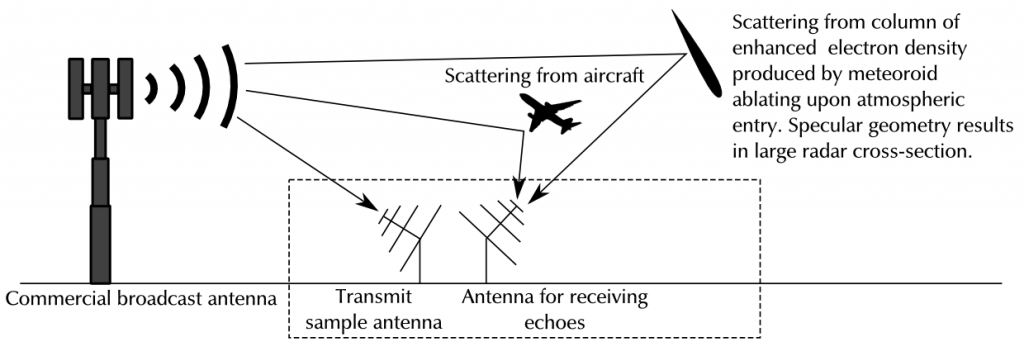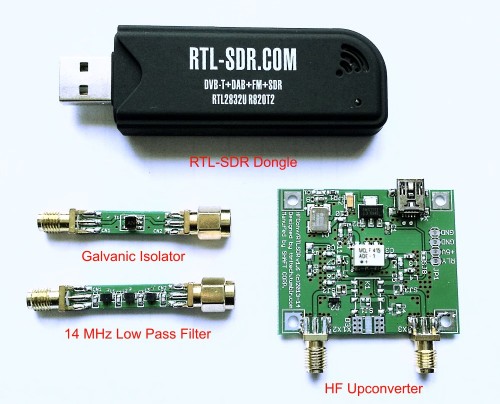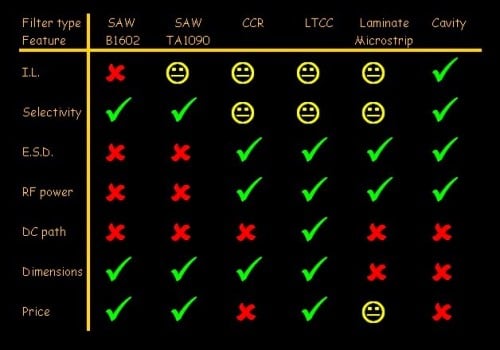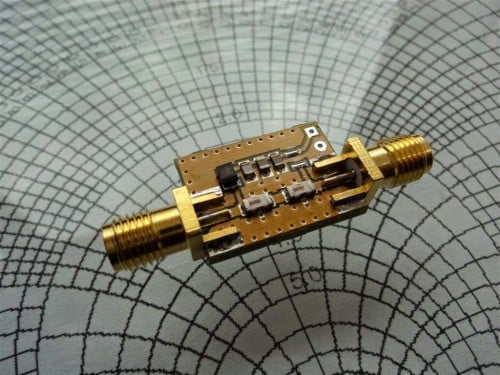Building a Passive Radar System with RTL-SDR Dongles
Back in 2013 we posted about Juha Vierinen’s project in which he created a passive radar system from two RTL-SDR dongles, two Yagi antennas, and some custom processing code. Passive radar can be used to detect flying aircraft by listening for signals bouncing off their fuselage and can also be used to detect meteors entering the atmosphere. The radar is passive because it does not use a transmitter, but instead relies on other already strong transmitters such as FM broadcast radio stations. Juha writes:
A passive radar is a special type of radar [that] doesn’t require you to have a transmitter. You rely on a radio transmitter of opportunity provided by somebody else to illuminate radar targets. This can be your local radio or television station broadcasting with up to several megawatts of power.

His previous write up was brief, but now over on Hackaday Juha has made a detailed post about his RTL-SDR passive radar project. In the post he explains what passive radar is, shows some examples of his and others results, shows how it can be done with an RTL-SDR dongle, and finally briefly explains the signal processing required. In his next post Juha aims to go into further detail on how passive radar works in practice.
Below we show a video that shows an example of one of his passive radar tests that was performed with a USRP software defined radio and two Yagi antennas.
This video shows a lot of airplanes around the New England area detected using a simple passive radar setup, consisting of: one USRP and two yagi antennas, a quad core linux PC. Every now and then an occasional specular meteor echo is observed too.
In his other tests shown on YouTube Juha also used two RTL-SDR dongle’s with a shared clock and was able to get similar results.





